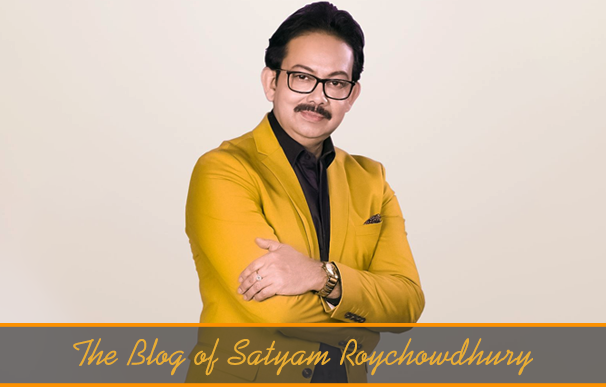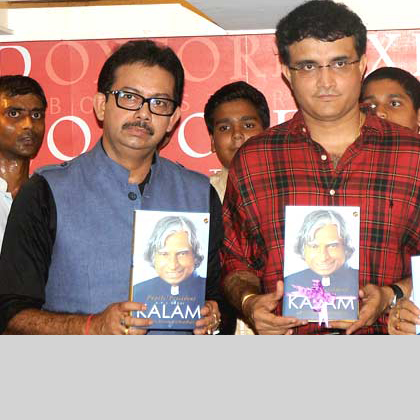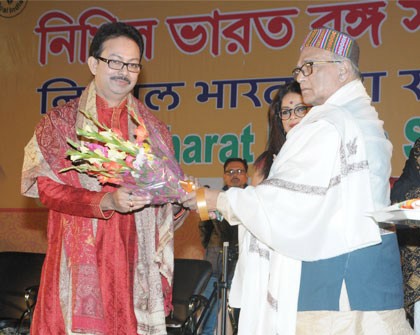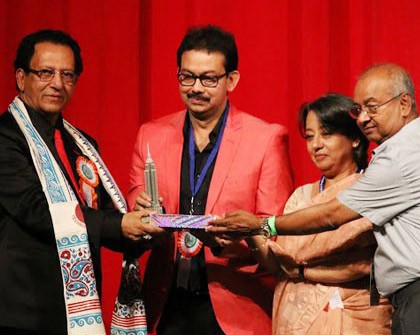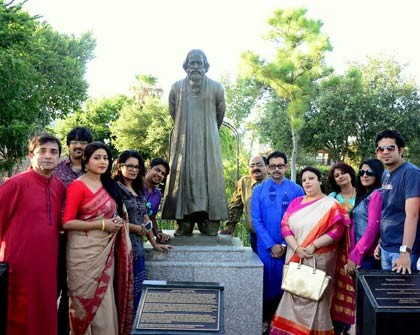
May 9, 2017. Today, the Bengali calendar reads the 25th day of Baisakh, 1424. The 156th birth anniversary of Rabindranath Tagore.
Tagore resides within us from the time we are born to the day we die, blending with the breaths we take. A name larger than life he is. A few days ago I was flipping through my travel tales in the book ‘Duniyadari’, and I realised there are four chapters dedicated to Tagore. In another book of mine ‘Kobitirtho Bilet’ (translated into English as ‘A Poetic Pilgrimage’), I had penned down my visits to the abodes of Tagore, Shakespeare, Wordsworth and Keats. But it seemed a lot had been left unwritten until I finally could pen down these chapters of Tagore’s immortal abodes in different parts of the globe. On our visit to Houston in July 2015 to attend the North American Bengali Conference, we visited the great poet’s statue at the Tagore Grove in Ray Miller Park. The life size bronze statue was unveiled in September 2013.
For me, Tagore has always been an emotion. He is a sentiment that I have nurtured with utmost care since childhood. For me the visit to Hampstead was nothing less than a pilgrimage. In 1912, Tagore stayed in Hampstead for a couple of months at the address – 3, Villas on Heath, Vale of Heath, Hampstead, London N.W. It is this house, where Tagore had spent countless sleepless nights to complete the translation of his timeless collection of poems ‘Gitanjali’, the manuscript of which won him the Nobel Prize for Literature in 1913. I got the opportunity to visit this house Hampstead in 2010, on the very day of Tagore’s birth anniversary. As soon as we reached it started to drizzle, as if to make us believe he was like the rain. Unpredictable and incessant. I sat down on the front staircase of the house, closed my eyes and murmured a prayer. Thousands of miles away from Bengal, in a small European town I felt his words echoing within me...
“Clouds come floating into my life,
No longer to carry rain or to usher storm,
But to add colour to my sunset sky.”
